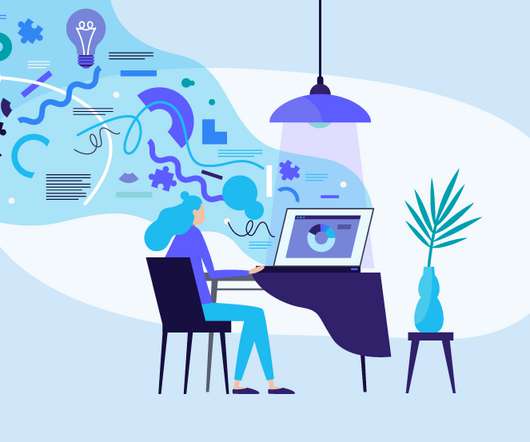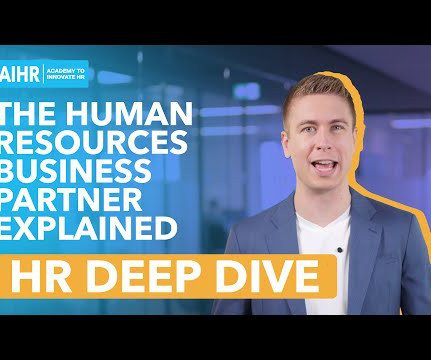How To Craft a Strategic Hiring Plan in 2025
Analytics in HR
DECEMBER 2, 2024
This means HR can greatly influence the success of a hiring plan and contribute to the overall growth and success of your company by effectively carrying out these responsibilities: Identifying workforce needs: For starters, work closely with division heads and executives of all company departments to identify current and future talent gaps.























































Let's personalize your content